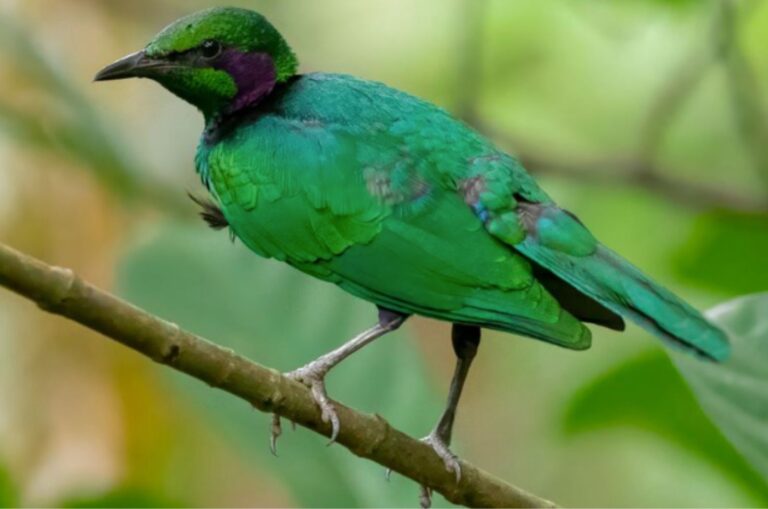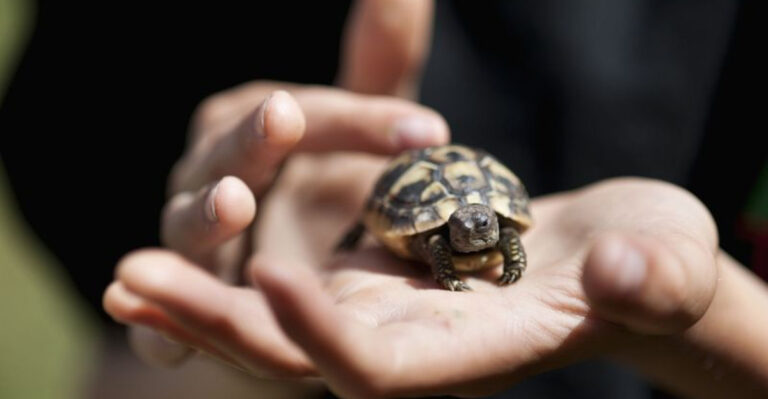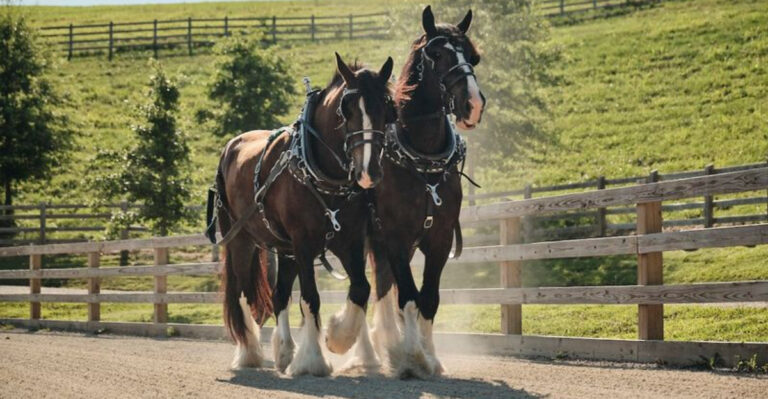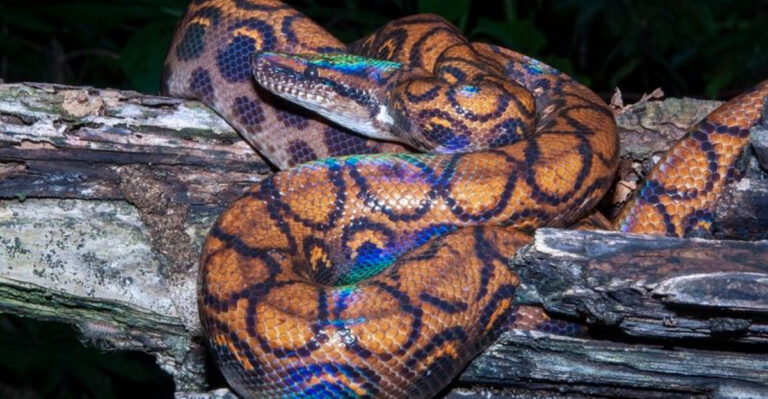14 Creative Ways To Attract Birds Without Using Feeders

Birds bring life, color, and music to our yards, but traditional feeders aren’t the only way to welcome these feathered visitors.
Many creative alternatives can transform your outdoor space into a bird paradise while reducing maintenance and avoiding common feeder problems like squirrel invasions or seed mess.
These natural approaches often create healthier habitats that benefit birds year-round.
1. Plant Native Berry Bushes
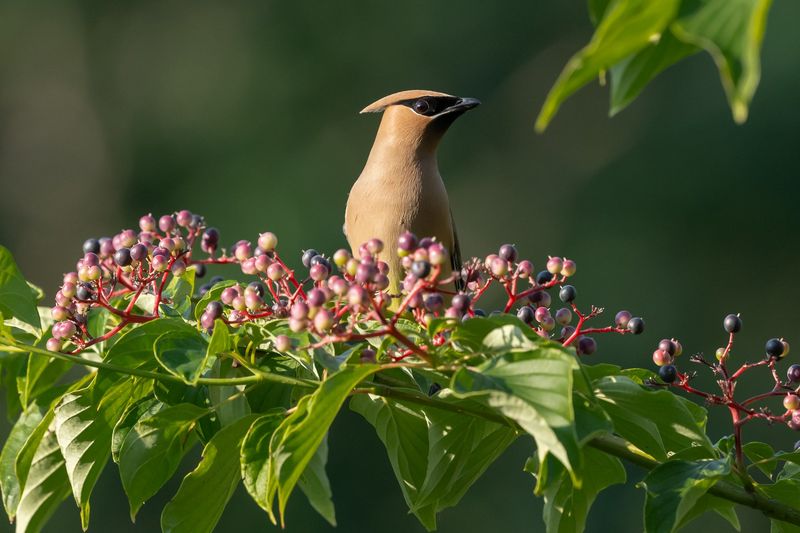
Mother Nature’s original bird buffet grows right from the ground! Native berries provide essential nutrition through changing seasons when insects become scarce.
Birds especially love serviceberry, elderberry, and dogwood fruits. These plants not only feed birds but also support the entire ecosystem by hosting the insects many birds need to feed their young.
2. Create A Bubbling Water Feature
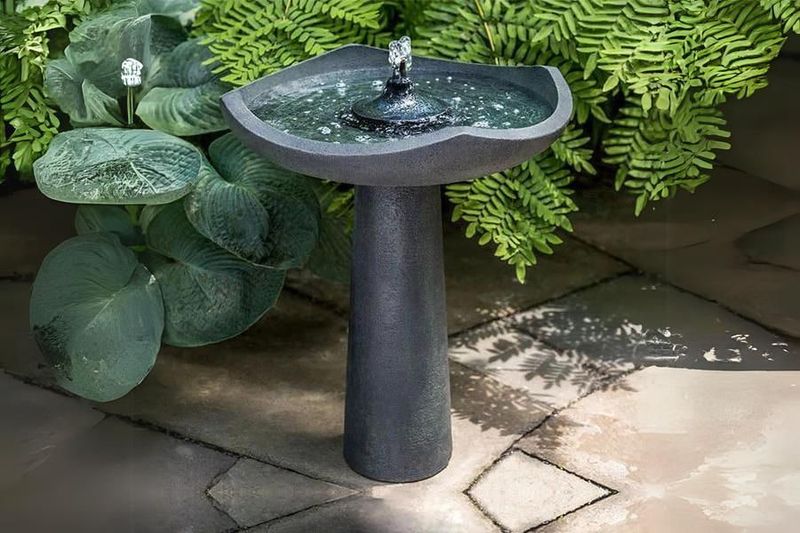
The gentle sound of moving water acts like a magnet for curious birds. Unlike still birdbaths, bubbling or dripping water catches attention through both sound and movement.
Even during winter, heated water features become rare oases that birds will travel surprising distances to visit. The sound of water also helps birds locate this precious resource from far away.
3. Install Nesting Boxes

Ready-made homes invite cavity-nesting birds to raise families right in your yard. Different box designs attract specific species – bluebirds prefer open spaces while chickadees like wooded areas.
Mount boxes at appropriate heights (5-30 feet depending on species) and face them away from prevailing winds. Remember to clean boxes each fall after nesting season ends.
4. Grow Seed-Producing Flowers
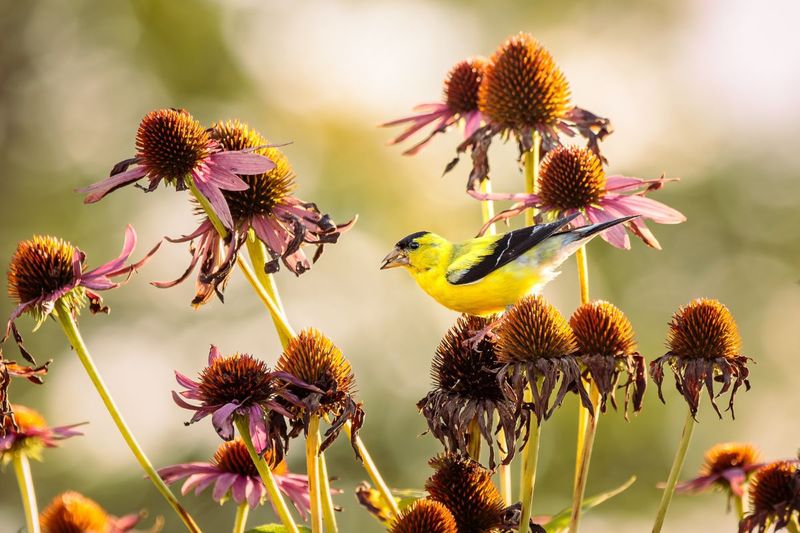
Sunflowers transform into natural bird feeders when their blooms fade. Goldfinches and chickadees perform acrobatics to extract seeds directly from the flower heads.
Coneflowers, black-eyed Susans, and zinnias also produce seeds birds love. Bonus: leaving spent flowers through winter creates a sustainable food source during the leanest months when birds need it most.
5. Leave Fallen Leaves

What looks like garden mess to us represents a treasure trove for birds! Leaf litter creates habitat for insects, worms, and other small creatures that ground-feeding birds hunt.
Robins, thrushes, and towhees love scratching through decomposing leaves. Creating dedicated “messy corners” in your yard maintains this natural food web while keeping other areas tidy for human enjoyment.
6. Offer Nesting Materials
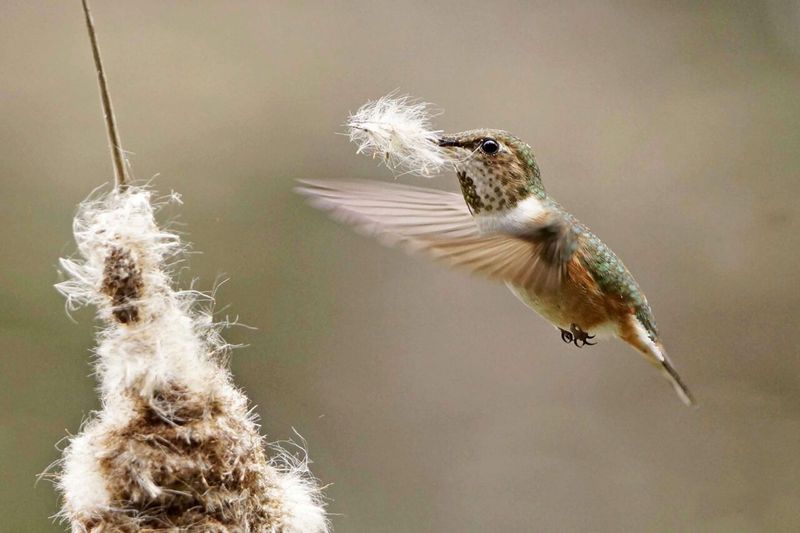
Hang mesh bags filled with natural fibers during spring building season. Birds will eagerly collect dog fur, small twigs, cotton, and plant fluff for their architectural projects.
Avoid synthetic materials like dryer lint which can contain chemicals harmful to nestlings. Watching birds collect your offerings provides delightful entertainment while helping them create cozy nurseries for their young.
7. Create Brush Piles
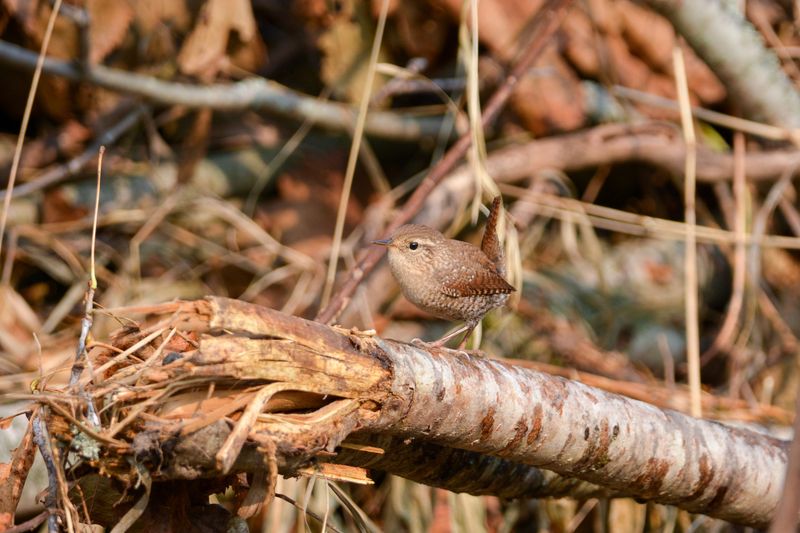
Stacking fallen branches into loose piles creates instant bird condominiums! These natural structures offer shelter from predators and harsh weather while hosting insects birds love to eat.
Wrens, sparrows, and juncos particularly appreciate these protective habitats. Position brush piles away from buildings but within view of your windows for optimal bird-watching opportunities throughout changing seasons.
8. Dust Bath Stations
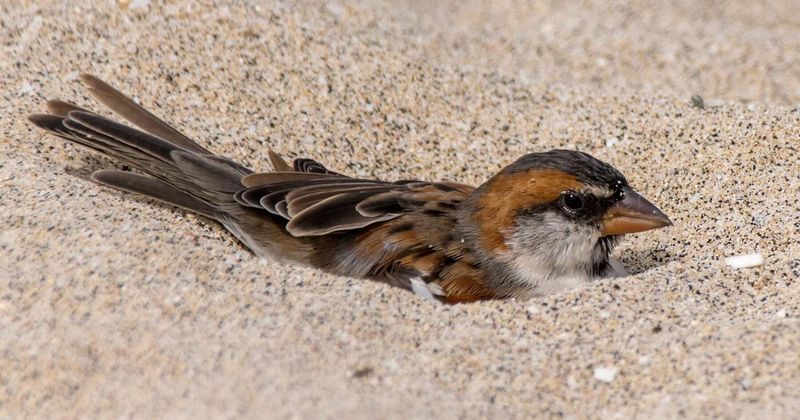
Shallow depressions filled with fine sand or dust help birds maintain healthy feathers. Birds instinctively “bathe” in dust to remove parasites and excess oils from their plumage.
Create a simple bath using a terra cotta saucer filled with clean sand or fine soil. Sparrows and thrushes especially enjoy these spa-like amenities, often returning daily for their grooming routine.
9. Plant Hummingbird-Friendly Flowers
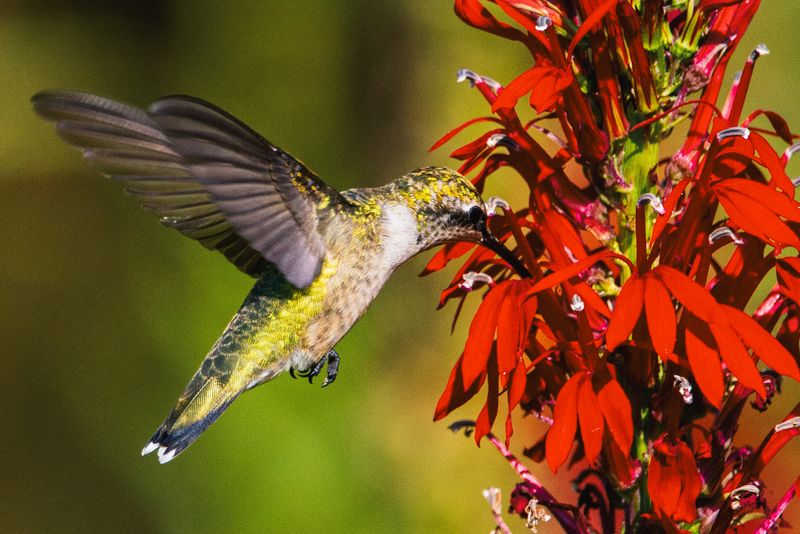
Trumpet-shaped blooms in bright colors beckon these flying jewels better than any feeder. Native flowers like cardinal flower, bee balm, and columbine provide natural nectar sources hummingbirds can’t resist.
Plant in groups for maximum visual impact from both bird and human perspectives. Stagger bloom times throughout growing seasons to provide continuous nectar sources from spring through fall migration.
10. Provide Fruit Trees And Shrubs
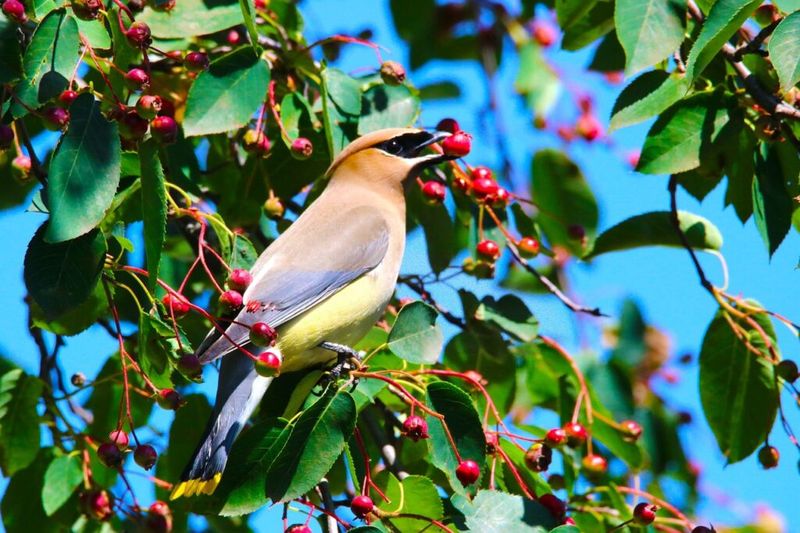
Crabapples, cherries, and mulberries create seasonal bird festivals in your landscape. Cedar waxwings arrive in colorful flocks to feast on fruit-laden branches during peak ripening periods.
Even ornamental varieties produce small fruits birds devour. Unlike temporary feeders, these woody plants create permanent food sources that improve your property value while supporting diverse bird populations year after year.
11. Properly Maintaining Hollow Trees
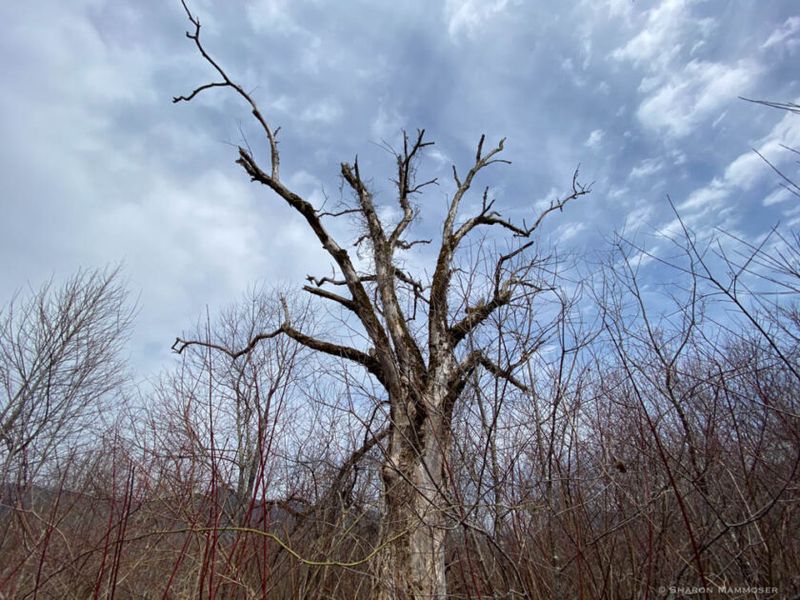
Standing hollow trees offer prime habitat for woodpeckers, nuthatches, and owls. As insects colonize the decaying wood, these trees provide both food and shelter.
If it’s safe to do so, consider keeping these trees away from structures and pathways. A certified arborist can help with maintaining safe hollow trees or creating artificial ones from trimmed trunks to benefit local wildlife.
12. Add Climbing Vines To Structures
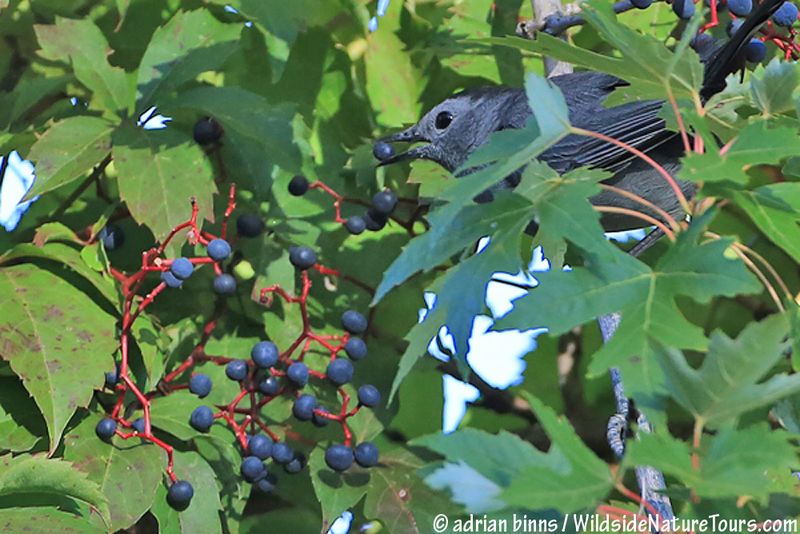
Virginia creeper and native grapes transform fences and arbors into bird-friendly zones. These vines produce berries birds love while creating protected nesting spots within their tangled growth.
The dense foliage offers hiding places from predators and shelters birds during harsh weather. Many songbirds build nests directly in these living curtains, bringing bird families right to your doorstep.
13. Grow Native Grasses And Sedges
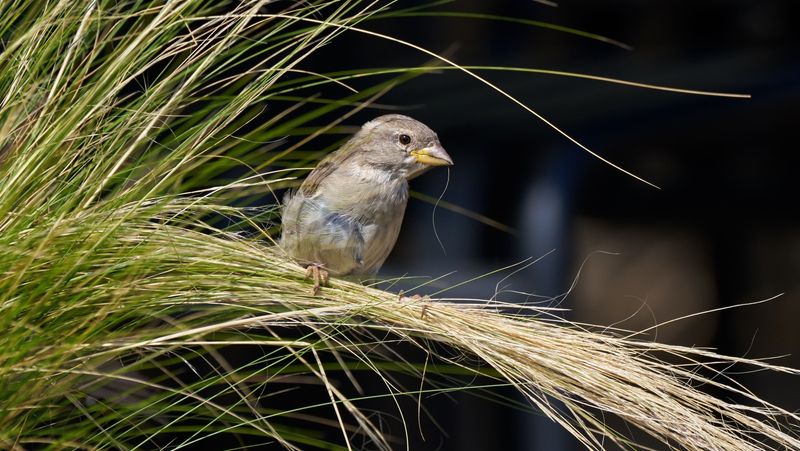
Tall grasses sway with seed heads that feed finches and sparrows through winter. Unlike mowed lawns, native grass stands provide both food and protective cover where birds can hide from predators.
Little bluestem, switchgrass, and Indian grass offer particularly valuable bird habitat. The architectural quality of these plants adds winter interest to your landscape while supporting birds during food-scarce months.
14. Create Mud Puddles
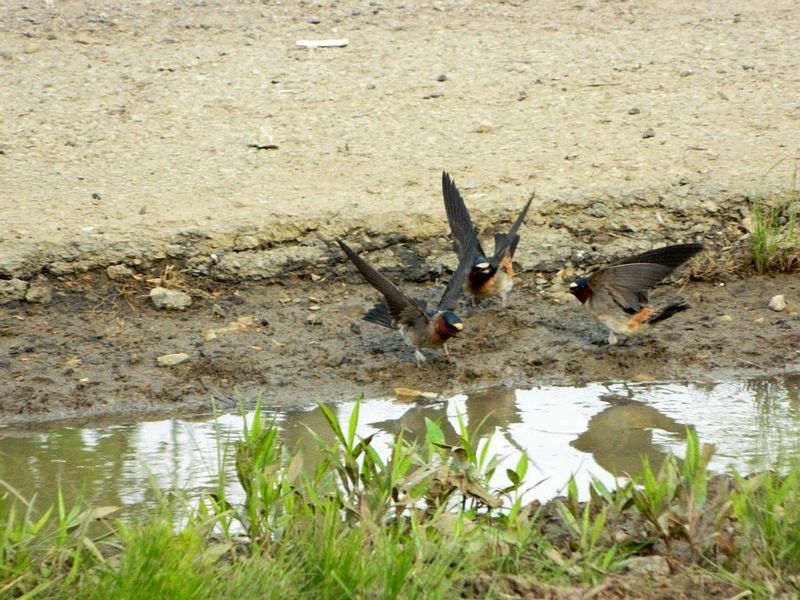
Shallow depressions that collect rainwater attract swallows and robins gathering mud for nest construction. These simple features become social gathering spots during nesting season.
Maintain a small area of bare soil that stays moist near water sources. You’ll be rewarded with fascinating behavior as birds collect tiny beakfuls of mud to create their architectural masterpieces in nearby eaves and trees.

